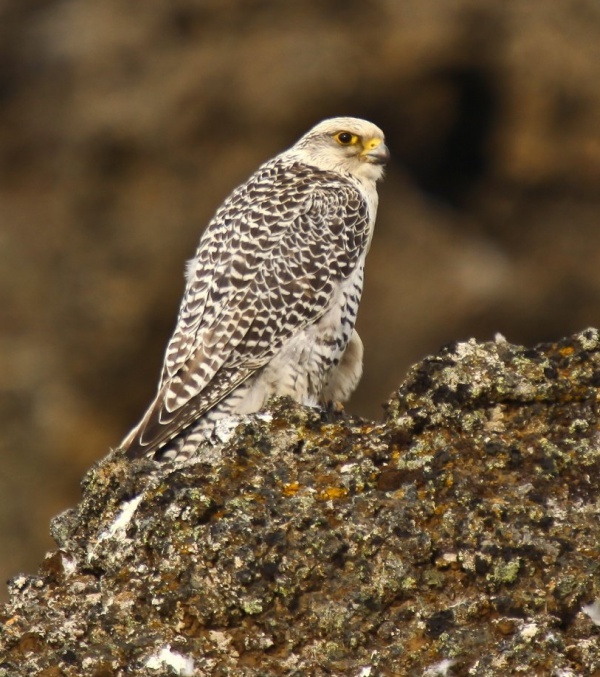Facts About Gyrfalcon
The gyrfalcon, the largest of all falcon species, is a magnificent bird of prey that inhabits the Arctic regions and the northern islands of North America as well as the Eurosiberian region. One of its notable traits is sexual dimorphism, where females are larger than males. The gyrfalcon’s plumage can vary significantly, ranging from all-white to dark brown, making each bird unique in appearance. Historically prized in falconry, these birds hunt a variety of prey including ptarmigan, waterfowl, fish, and small mammals.
First formally described by Carl Linnaeus in 1758, the gyrfalcon's name has roots in both Latin and French. In the world of falconry, a male gyrfalcon is referred to as a "gyrkin." These birds are sizable, with males weighing between 805 to 1,350 grams and females between 1,180 to 2,100 grams. They exhibit a variety of color morphs, adding to their distinctive allure.
In terms of diet, gyrfalcons primarily prey on birds and mammals, adeptly using horizontal pursuits to capture their food. They prefer nesting on cliff faces and typically lay between one and five eggs, with an incubation period averaging 35 days. Despite their hunting prowess, they do have predators, including golden eagles and humans. In the past, their populations have been impacted by habitat destruction and pollution.
Gyrfalcons have a long and storied history with humans, especially in the realm of falconry. They hold cultural significance in various regions, being the official bird of Canada's Northwest Territories and appearing on Iceland's coat of arms. In medieval times, these birds were so rare and valued that they were reserved for royalty and nobility. Today, there are ongoing efforts to protect gyrfalcons from modern threats such as climate change and pollution.
